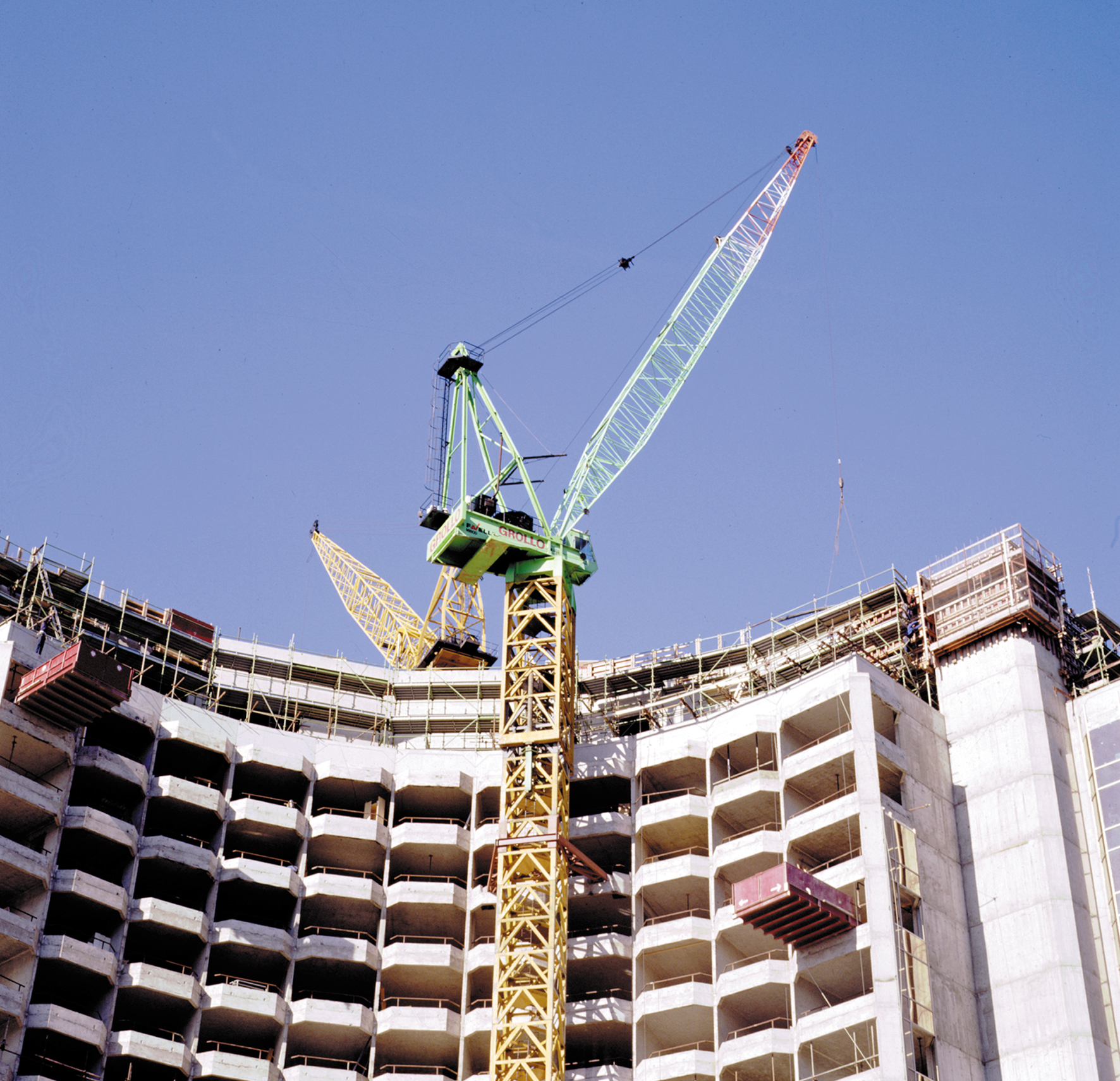Please note
The 2016 version of the guideline has been withdrawn pending revisions to incorporate current BCA, standards and research.

Our Infrastructure Technologies team provide independent testing and certification services to assess the combustibility of building materials used in the construction industry.
To support industry to better understand the Building Code of Australia and the relevant standards we have developed a guideline to clarify what needs to be tested to assess fire safety issues involved in the construction of the external building walls.
There is a wide variety of building materials and systems for external walls in Australia and the range is increasing as new and innovative products come onto the market.
Our guideline makes understanding the fire hazards of combustible external wall materials clearer and explains the pathways to demonstrate compliance to façade fire safety under the requirements of the current National Construction Code.
In particular it focuses on the requirements for multi-story buildings in Australia requiring Type A and Type B construction for Class 2 to 9 buildings. It is not relevant to domestic low-rise buildings.
The document explains the testing methods and requirements for external walls, attachments to external walls, insulation and sarking as well as the evidence you need to provide.
This guideline focuses on the fire testing and fire safety of aluminium composite panels, and other combustible materials, in the construction of external walls. It should be read in conjunction with documents drafted by your relevant state authority and the Building Codes of Australia which concentrate on compliance and regulation.
Please note
The 2016 version of the guideline has been withdrawn pending revisions to incorporate current BCA, standards and research.
Our Infrastructure Technologies team provide independent testing and certification services to assess the combustibility of building materials used in the construction industry.
To support industry to better understand the Building Code of Australia and the relevant standards we have developed a guideline to clarify what needs to be tested to assess fire safety issues involved in the construction of the external building walls.
There is a wide variety of building materials and systems for external walls in Australia and the range is increasing as new and innovative products come onto the market.
Our guideline makes understanding the fire hazards of combustible external wall materials clearer and explains the pathways to demonstrate compliance to façade fire safety under the requirements of the current National Construction Code.
In particular it focuses on the requirements for multi-story buildings in Australia requiring Type A and Type B construction for Class 2 to 9 buildings. It is not relevant to domestic low-rise buildings.
The document explains the testing methods and requirements for external walls, attachments to external walls, insulation and sarking as well as the evidence you need to provide.
This guideline focuses on the fire testing and fire safety of aluminium composite panels, and other combustible materials, in the construction of external walls. It should be read in conjunction with documents drafted by your relevant state authority and the Building Codes of Australia which concentrate on compliance and regulation.
